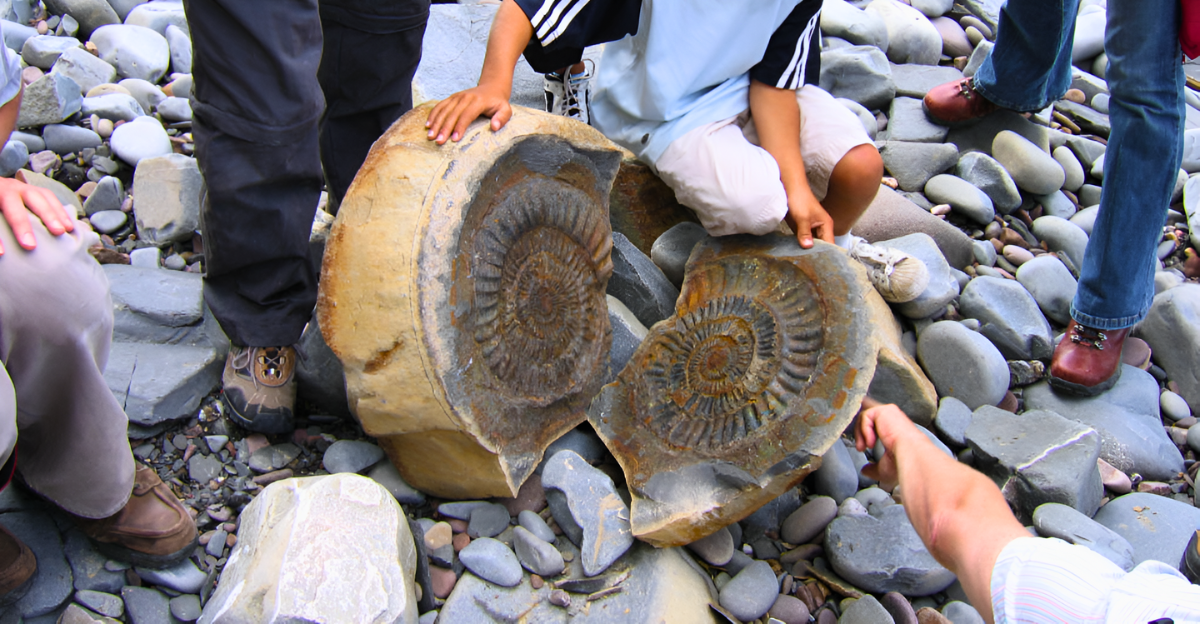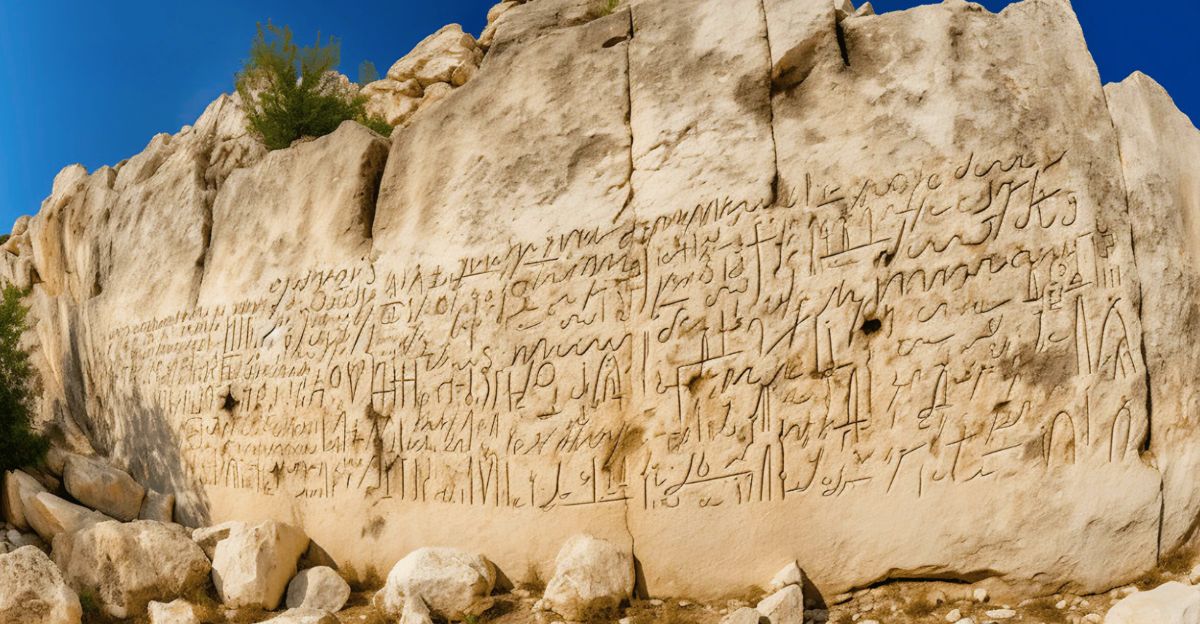
In this article we are looking at those languages that have withstand the test of time. The endurance of ancient tongues speak to our heritage as a species. To understand, the worlds, oldest languages is both a historical and a linguistic challenge because of the limitations of records and the evolution of language overtime.
Clear written evidence of ancient languages, such as Egyptian, can be found, but if we look at the modern day, these languages are not spoken much anymore. We will be looking at the oldest languages that are still being spoken and serve as a bridge to the past, where the languages themselves tell a rich story of survival and cultural significance.
1. Coptic
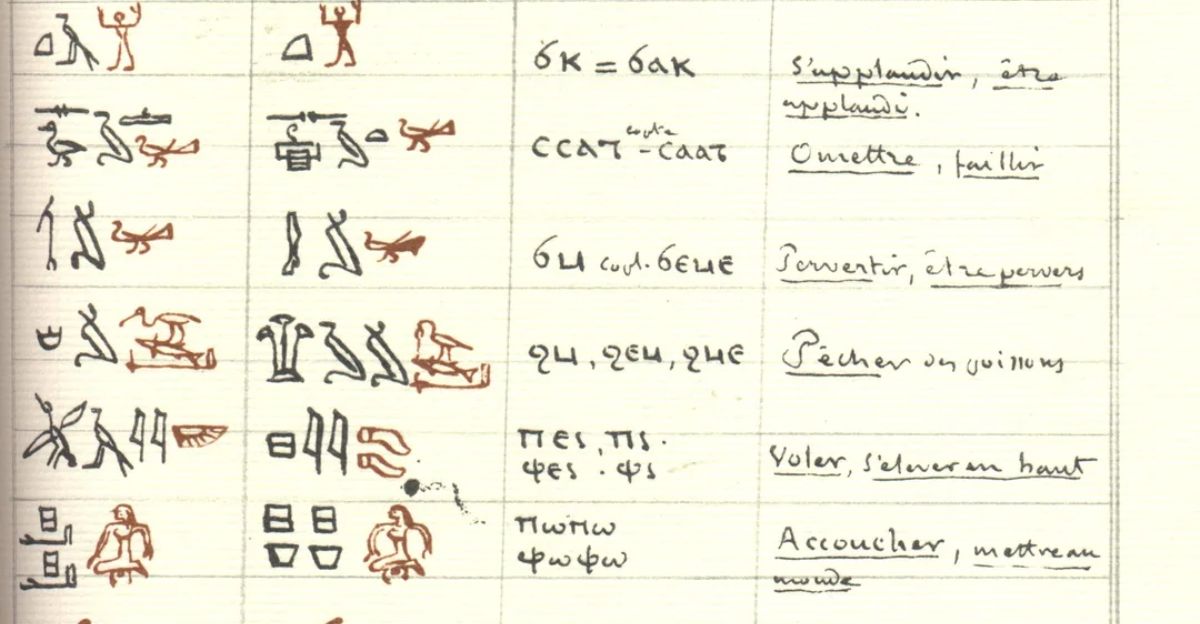
This language is seen as the living shadow of ancient Egypt because it is the most direct living link that could be dated back to ancient Egypt as a language. Coptic is no longer a vernacular language, but it remains a liturgical language of the Coptic orthodox church. This language is first on our list because it challenges the conventional definitions of what a living language is.
The language itself evolve through many stages where each stage reflects changes in governmental, societal as well as religious practices. The alphabet of this language comes from the Greek, and it marks a fascinating correlation between cultures that blends indigenous, Egyptian and Hellenistic influencers. The takeaway from this language is that a language can endure many things, even if it’s not used as a spoken word.
2. Tamil
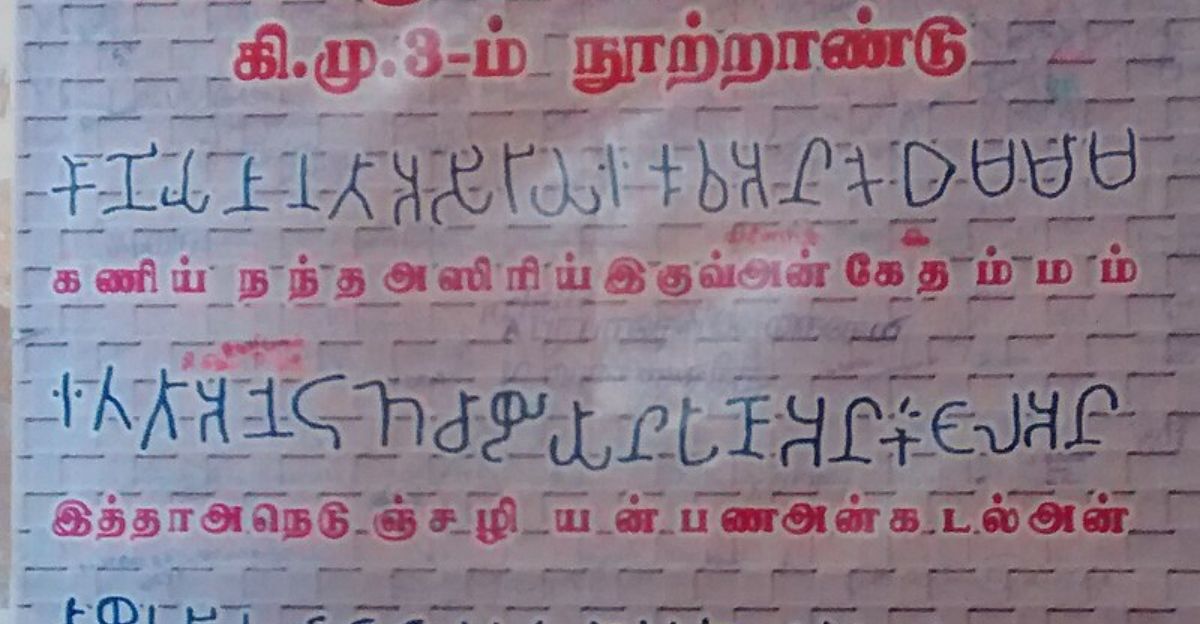
Tamil scene as a classic survivor language and is still frequently cited as one of the oldest living languages on the planet. Literary tradition in this language could date back more than 2000 years ago, but today’s academics argue that it’s oral root possibly extend even further.
As a mother tongue, this language still thrives as millions of people in India, Sri Lanka, Singapore, and other communities worldwide still speak it. It is described to be a playful, vibrant and living language with a more classical heritage. The language has played an important role in political and cultural identity of the Tamil people as it serves as a symbol of pride and resistance in the face of colonial challenges.
3. Sanskrit
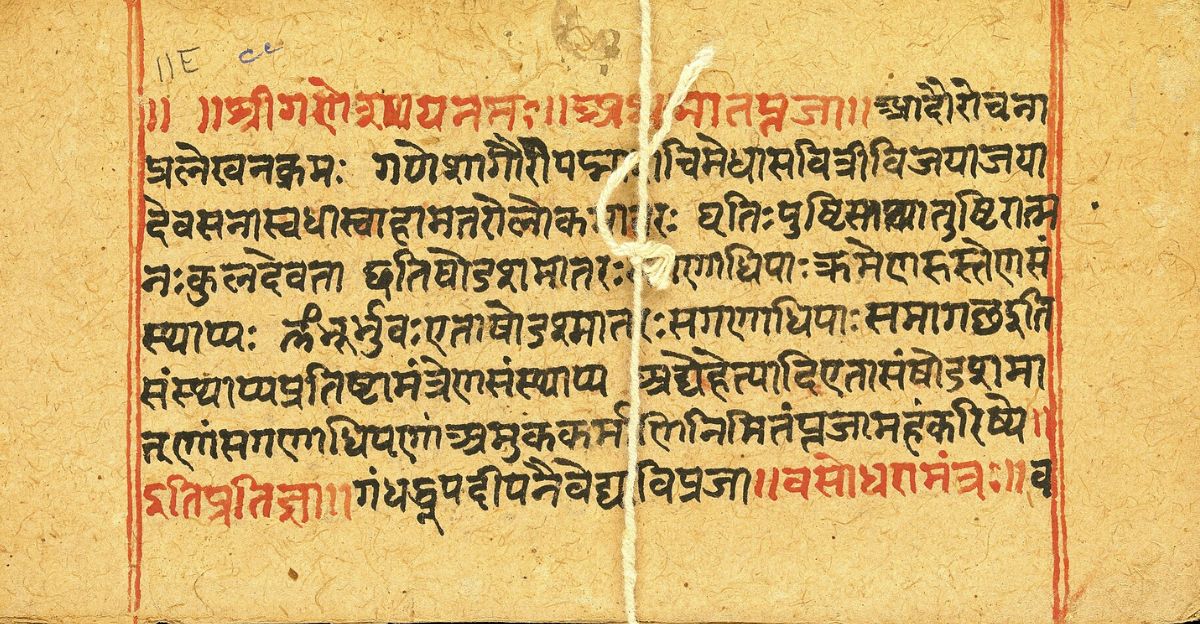
Seem to be the language of the gods this language is still echoing. It is the literal language of Hinduism, Jainism and Buddhism. It’s written tradition could be dated back more than 1500 BCE and the oral forms roots could date back even more than that. It is not a widely spoken first language today, but it remains an important part of scholarly, religious and cultural life throughout South Asia.
It is still commonly used in classical music, dance, literature, and rituals, and it is taught in schools and universities across India. Furthermore, this language is also an important source of scientific and philosophical vocabulary. Interest in the language has seen many fluctuations over the years, but efforts have been made to promote this language in daily communication, which still highlights its relevance.
4. Greek
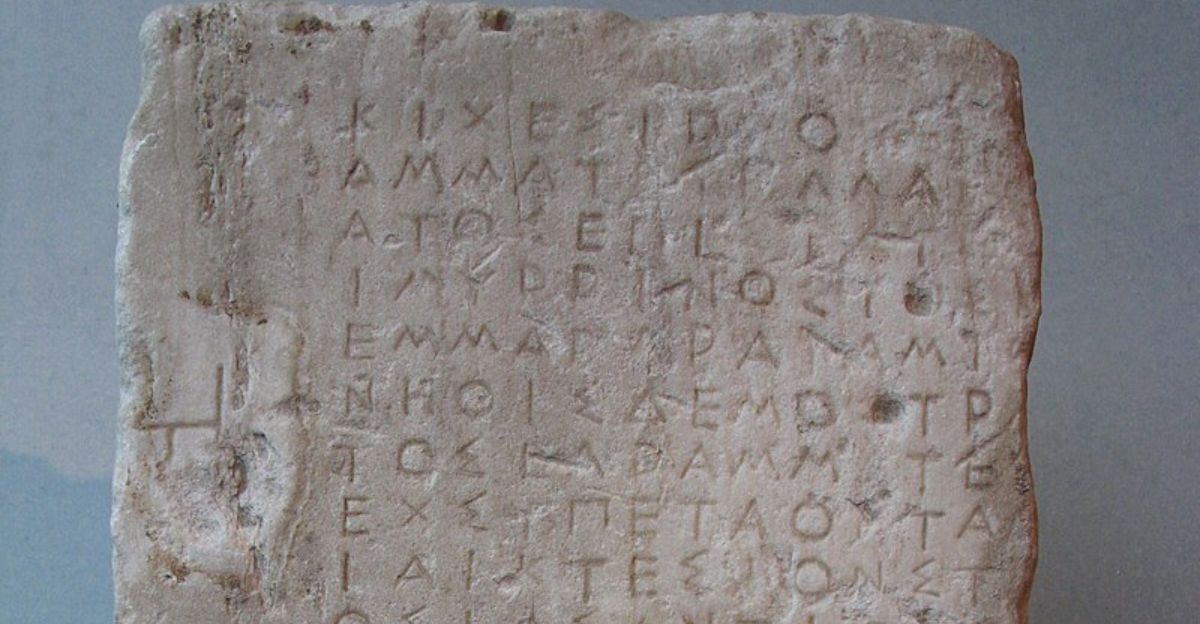
Greek scene as the unbroken threat from Mycenae to modernity. This language is one of the oldest living languages, with written records dating back to the 16th century BCE as my Mycenaean Greek. Modern Greek looks different from its ancient ancestors as the language has evolved over time, but it still serves as a bridge between the classical past and the modern day.
Greek, as a language has played an important role in the development of western literature, science, philosophy, as well as politics because it functions as foundational texts. It’s alphabet was derived from Phoenician script and has also influenced writing systems across the near East and Europe. In the modern day, this language is spoken by over 13 million people in Cyprus, Greece, as well as other communities.
5. Hebrew
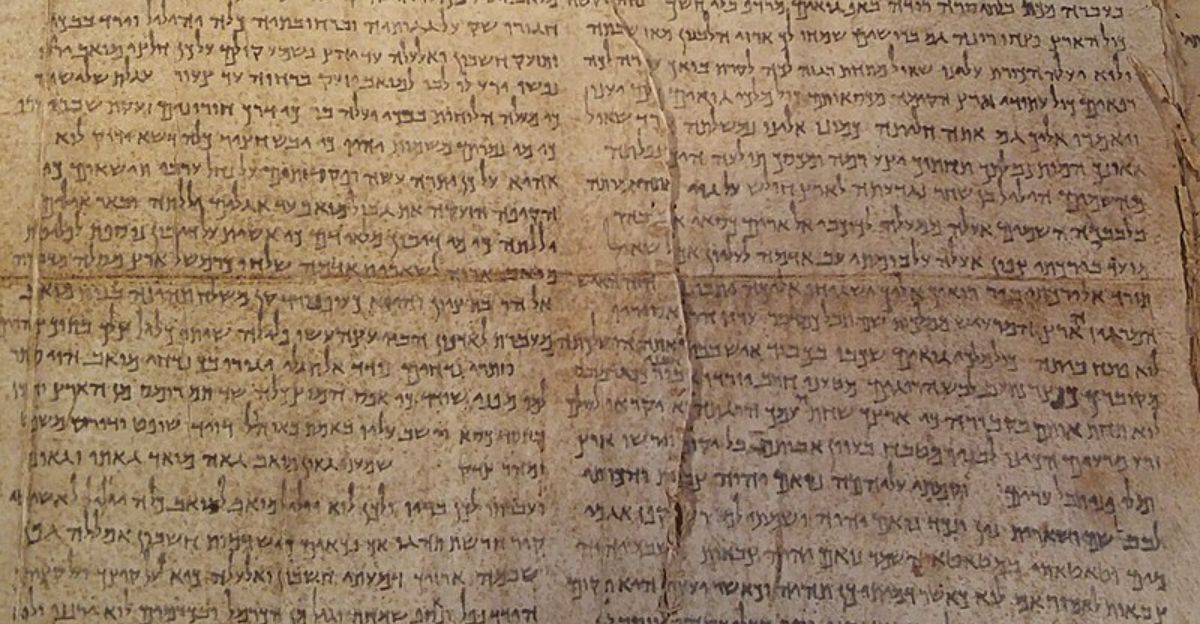
Seen is the language that rose from the dead, and when nearly extinct as a spoken language during the middle ages, but survived because of scholarly and liturgical use among Jewish communities. There was a revival of the language during the late 19th century and early 20th century, as it became the national language of Israel.
This revival involve adapting the ancient vocabulary and grammar to modern society, thus creating a living language that is deeply rooted in its tradition. Cultural, as well as political movements, inspire the revival of the language as community were looking to establish a sense of national identity. Now the language is spoken by more than 9 million people around the world.
6. Chinese
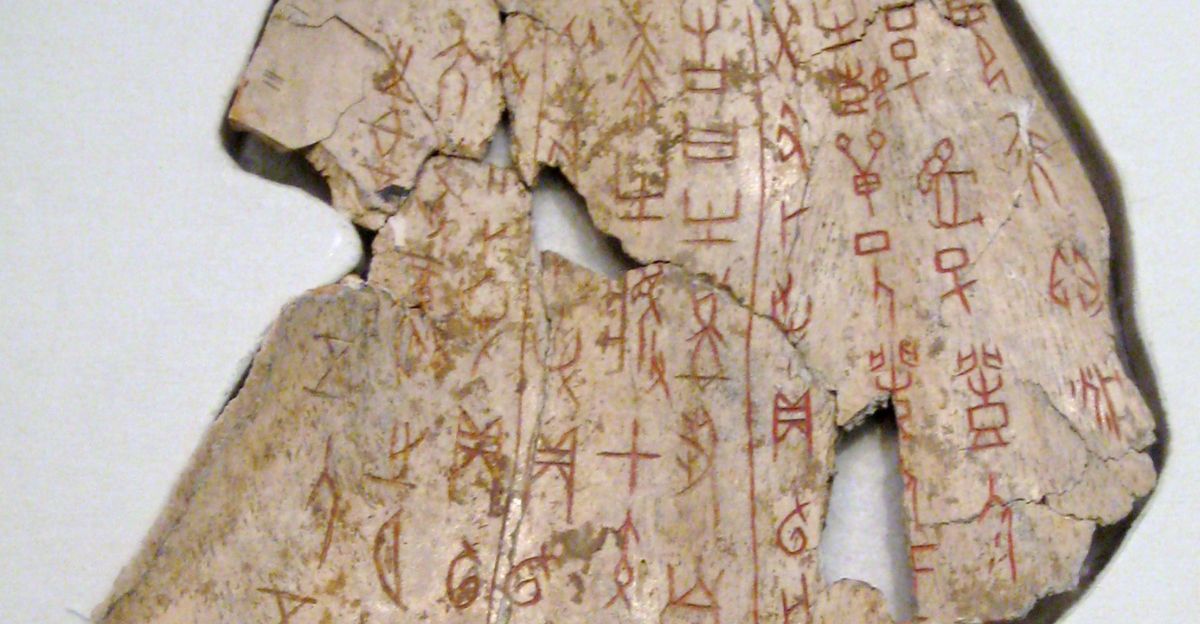
This uninterrupted giant, also known as Mandarin, could be dated back more than 1250 BCE and continues. It’s an adaption to the modern day. This language has thrived and has become the most spoken language on the planet. It is not without its challenges, but it challenges the assumption that ancient languages must be a niche. It is the official language of Taiwan, China, and Singapore.
The language has evolved over the years from old Chinese to modern Mandarin, but the Spidey changes and the written form of Chinese has remained mostly consistent, which has allowed people of different dialects to be able to communicate through the written word. Chinese philosophy, science, and literature have had a profound influence on East Asia, as well as the rest of the world. This language shows incredible endurance and truly stands the test of time.
7. Basque
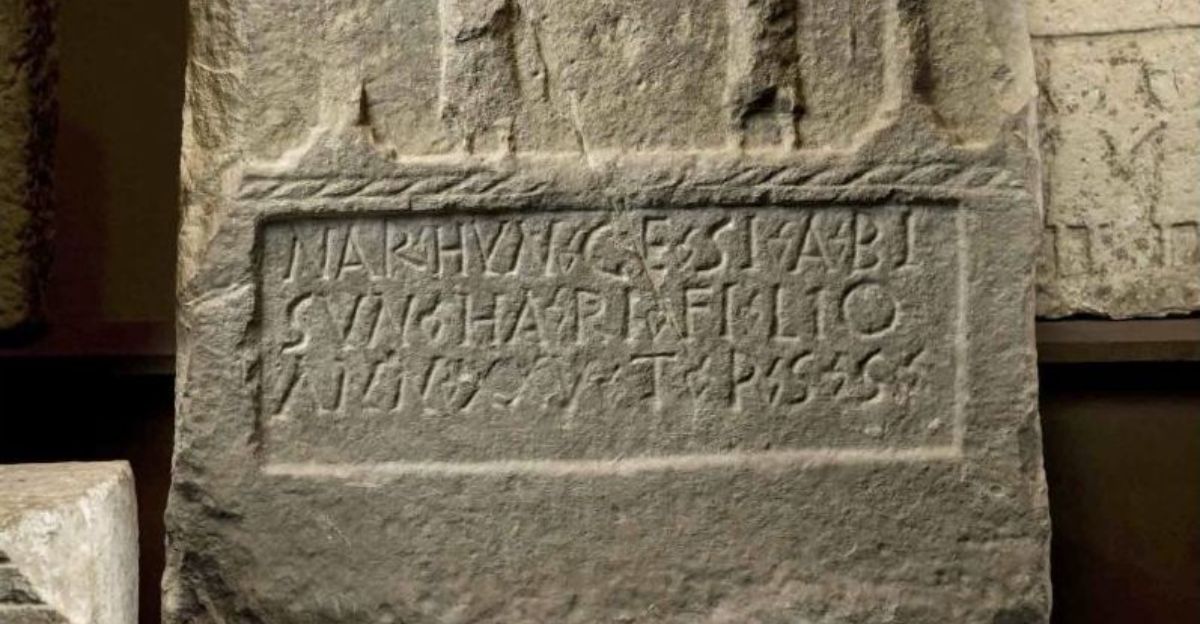
This is a mysterious language of Europe as it Is an isolated and unrelated to any other known language. Evidence of this language could be predicated to the Roman empire. It is seemed to be one of the romance languages that has survived, despite centuries of pressure, which is a true testament to cultural resilience of this language, the origins of this language remains a mystery and makes it a unique study of linguistics.
The challenges it has faced over the years include political upheaval, migrations, and invasions. Through all of this, it has maintained a distinct identity and thrives through oral tradition, literature and has even been seen more recently in education and the media. Efforts to promote the language in schools and in public life, have come to revitalize the language and hopes to influence future generations to keep the language alive.
8. Persian
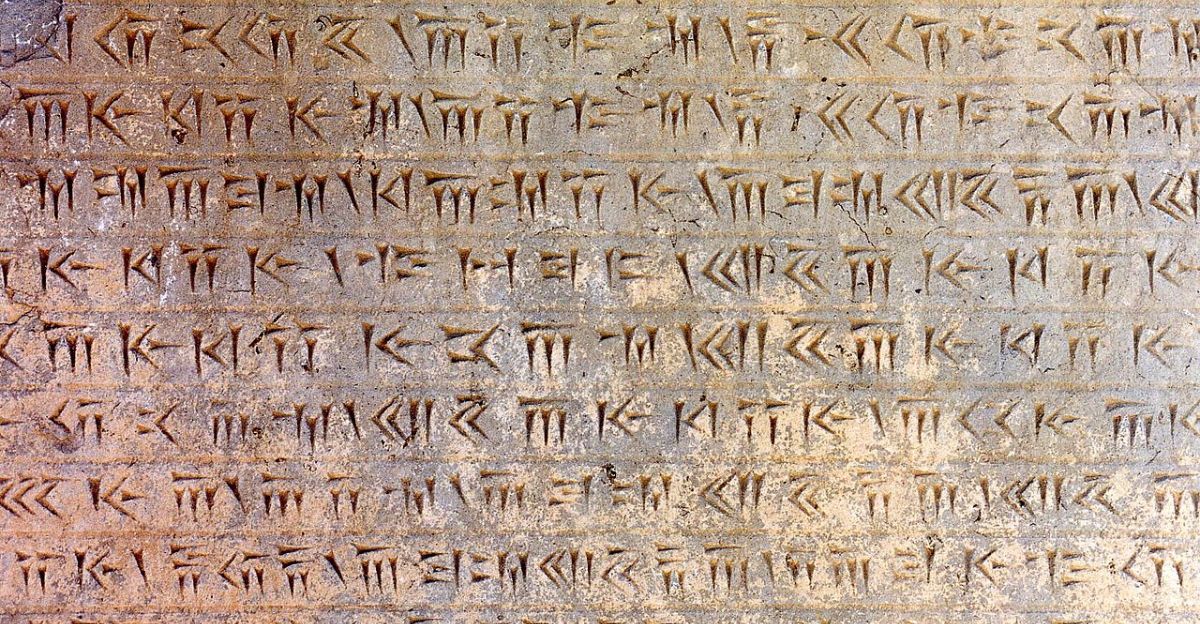
The Persian language, also known as Farsi has remained to be a spoken language for over 2500 years with a traditional route dating back to ancient Persia, modern Iran, Afghanistan, and Tajikistan. This language has survived the rise and the fall of empires, which is a testament of its resilience. It has endeared and has become a language of poetry, diplomacy, and daily life.
Persian, as a language, has produced a lot of incredible poetry, such as the works of Rumi. There was also a time when Persian served as a lingua franca in south and central Asia, which means it was a cornerstone in trade, diplomacy, and cultural exchanges. In the modern day, it is spoken by more than 110 million people with big communities in Afghanistan, Iran, Tajikistan, and other communities around the world.
9. Lithuanian
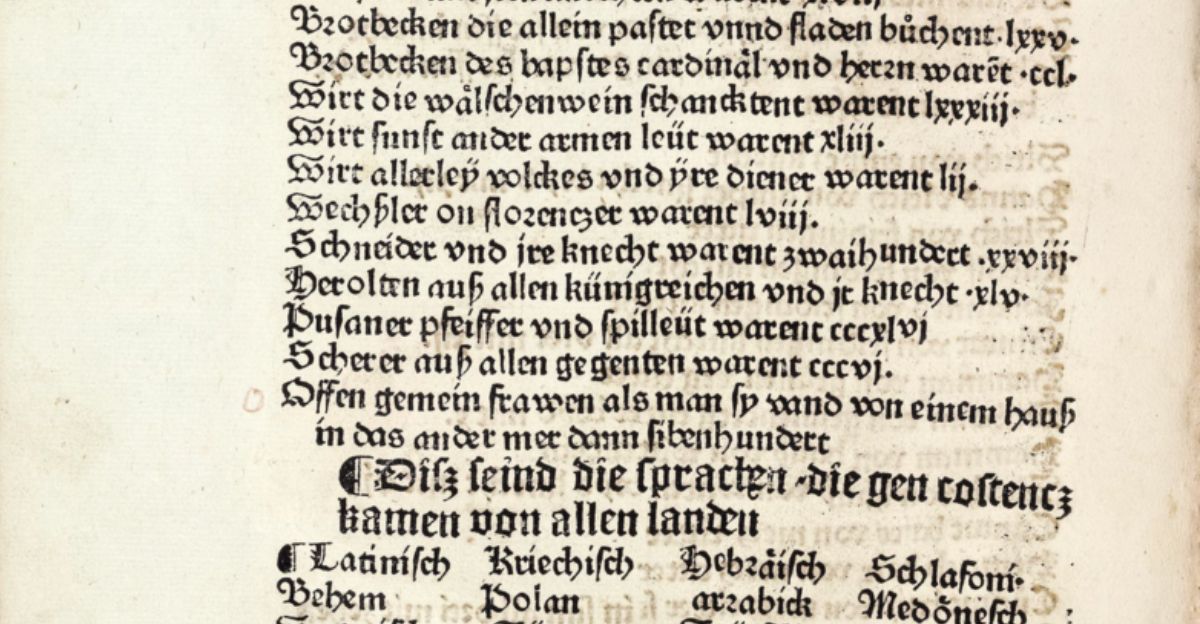
Lithuanian is seen as the language that is the closest to Proto-Indo-European. It is often described as one of the most conservative living Indo-European languages. The language is spoken by over 3 million people, most of which live in Lithuania. The grammar, vocabulary and psychology of the language keeps many archaic features that have been lost in other languages.
This language has endured through many different foreign rule and cultural pressures all the wild maintaining its identity through literature and oral tradition. Most recently, it can also be seen used in education and through the media. It is a language that preserve its ancient structure and sounds with remarkable fidelity.



